Researchers at the Universities of Melbourne and Manchester have invented a breakthrough technique for manufacturing highly purified silicon that brings powerful quantum computers a big step closer.
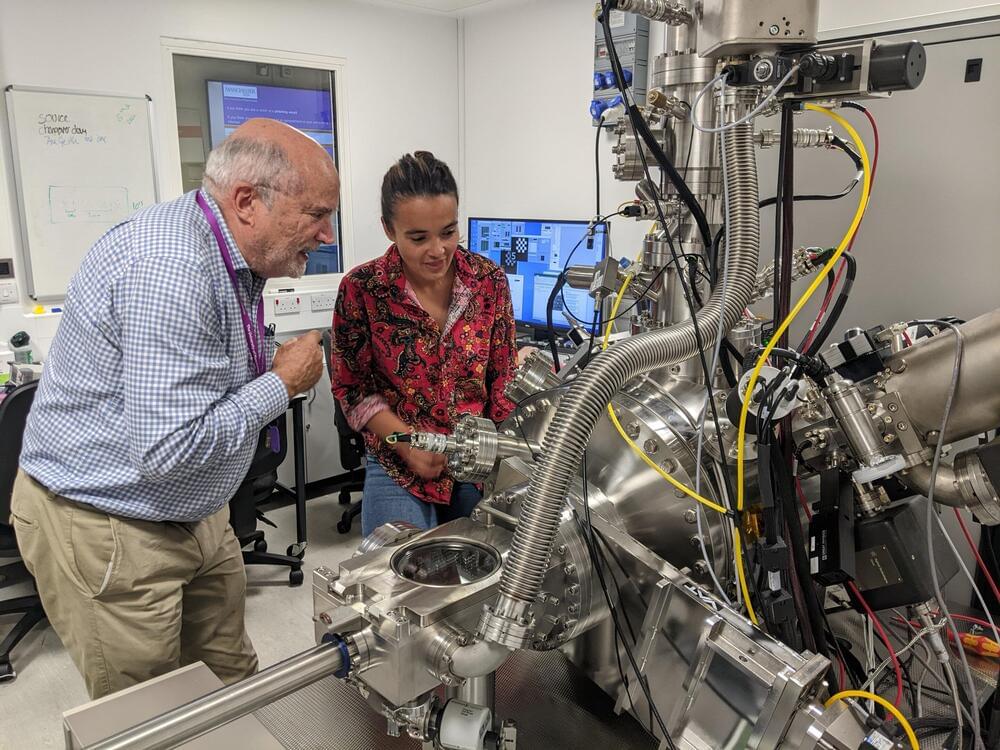

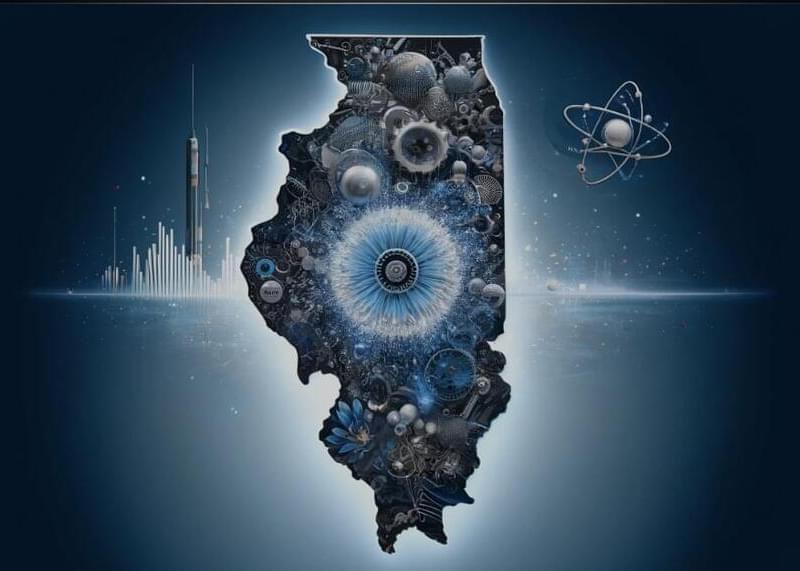
Illinois may be on the verge of securing the largest technology project in its history—what is being labeled a “$20 billion, 150-acre quantum computing campus,” potentially anchored by Silicon Valley startup PsiQuantum, according to Crain’s Chicago Business. PsiQuantum, hot off an announcement that its receiving $600 million to build a manufacturing site in Australia, is reportedly considering two Chicago-area locations for the project, the business journal reports.
The proposed sites, the former U.S. Steel plant on the South Side and the former Texaco refinery in Lockport, are both under final review, with a decision expected soon. This initiative is part of a broader vision by Governor J.B. Pritzker’s administration, which pundits are referring to a modern-day Manhattan Project, to position Illinois as a leader quantum computing.
Quantum computing leverages the principles of quantum mechanics to process information much faster than classical machines for certain computational problems. Quantum devices could potentially transform everything from cancer research to climate modeling. PsiQuantum aims to use a photonic quantum approach to develop a fault-tolerant quantum computer that could be commercially viable.
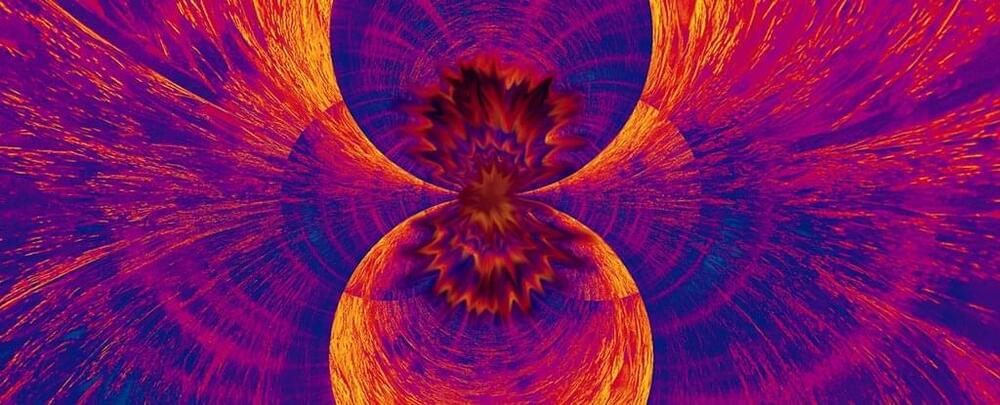
A year after all but ruling out the possibility, a pair of theoretical physicists from Japan and the Netherlands have found quantum entanglement has something fundamentally in common with the physics that drives steam engines, dries your socks, and may even keep the arrow of time pointed in one direction.
This universal property, if indeed it exists as they suggest, would govern all transformations between entangled systems and give physicists a way to measure and compare entanglement beyond counting qubits – and know their limits of manipulating entangled pairs.
Quantum entanglement, the tendency for the quantum fuzziness of different objects to mathematically merge, is a fundamental part of quantum computing along with superposition. When particles, atoms, or molecules are entangled, knowing something about one tells us something of the other.
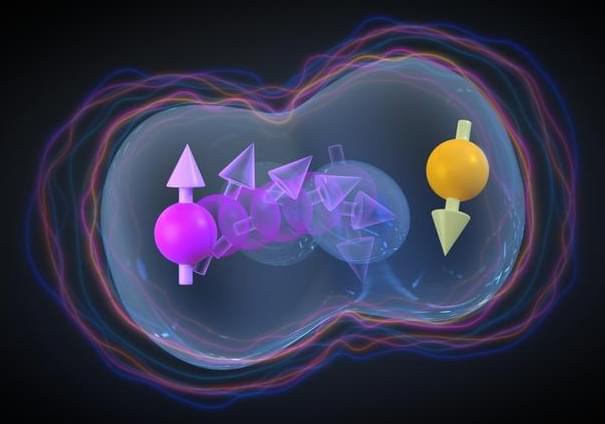
Researchers from the University of Basel and the NCCR SPIN have achieved the first controllable interaction between two hole spin qubits in a conventional silicon transistor. The breakthrough, reported in Nature Physics (“Anisotropic exchange interaction of two-hole spin qubits”), opens up the possibility of integrating millions of these qubits on a single chip using mature manufacturing processes.
Two interacting hole-spin qubits: As a hole (magenta/yellow) tunnels from one site to the other, its spin rotates due to spin-orbit coupling, leading to anisotropic interactions represented by the surrounding bubbles. (Image: NCCR SPIN)
The race to build a practical quantum computer is well underway. Researchers around the world are working on a huge variety of qubit technologies. So far, there is no consensus on what type of qubit is most suitable for maximizing the potential of quantum information science.

A proposed experiment shows that quantum entanglement is not the only way to test whether gravity has a quantum nature.
Gravity is part of our everyday life. Still, the gravitational force remains mysterious: to this day we do not understand whether its ultimate nature is geometrical, as Einstein envisaged, or governed by the laws of quantum mechanics. Until now, all experimental proposals to answer this question have relied on creating the quantum phenomenon of entanglement between heavy, macroscopic masses. But the heavier an object is, the more it tends to shed its quantum features and become ‘classical’, making it incredibly challenging to make a heavy mass behave as a quantum particle. In a study published in Physical Review X, researchers from Amsterdam and Ulm propose an experiment that circumvents these issues.
Classical or Quantum?
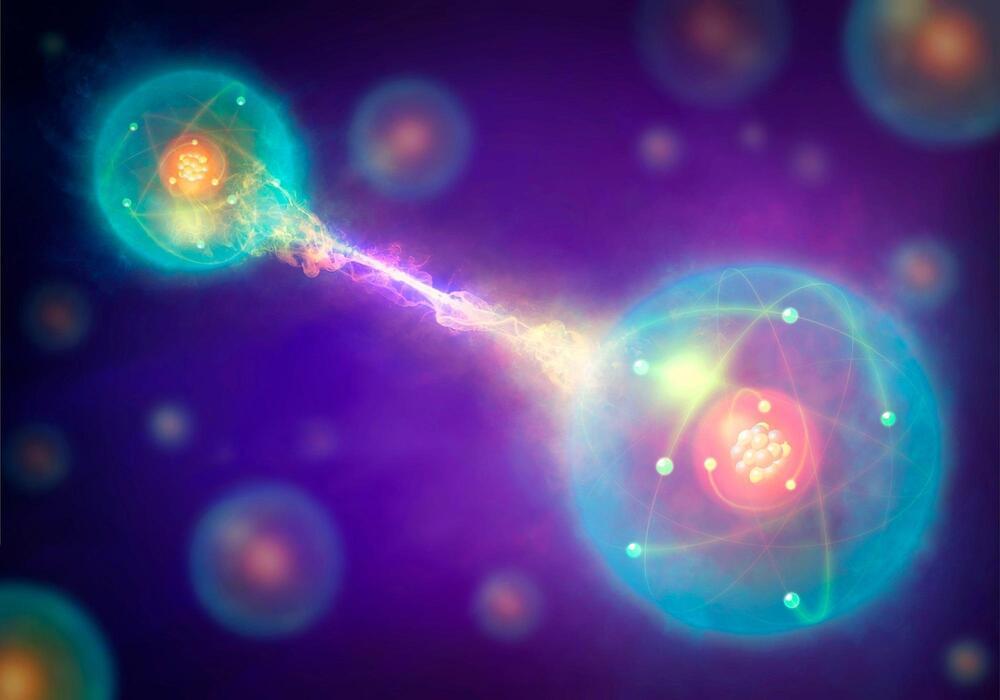
Scaling up quantum systems is essential for advancing quantum computing, as their benefits become more apparent with larger systems. Researchers at TU Darmstadt have made significant progress in achieving this goal. The results of their research have now been published in the prestigious journal Optica.
Quantum processors based on two-dimensional arrays of optical tweezers, which are created using focussed laser beams, are one of the most promising technologies for developing quantum computing and simulation that will enable highly beneficial applications in the future. A diverse range of applications from drug development through to optimizing traffic flows will benefit from this technology.
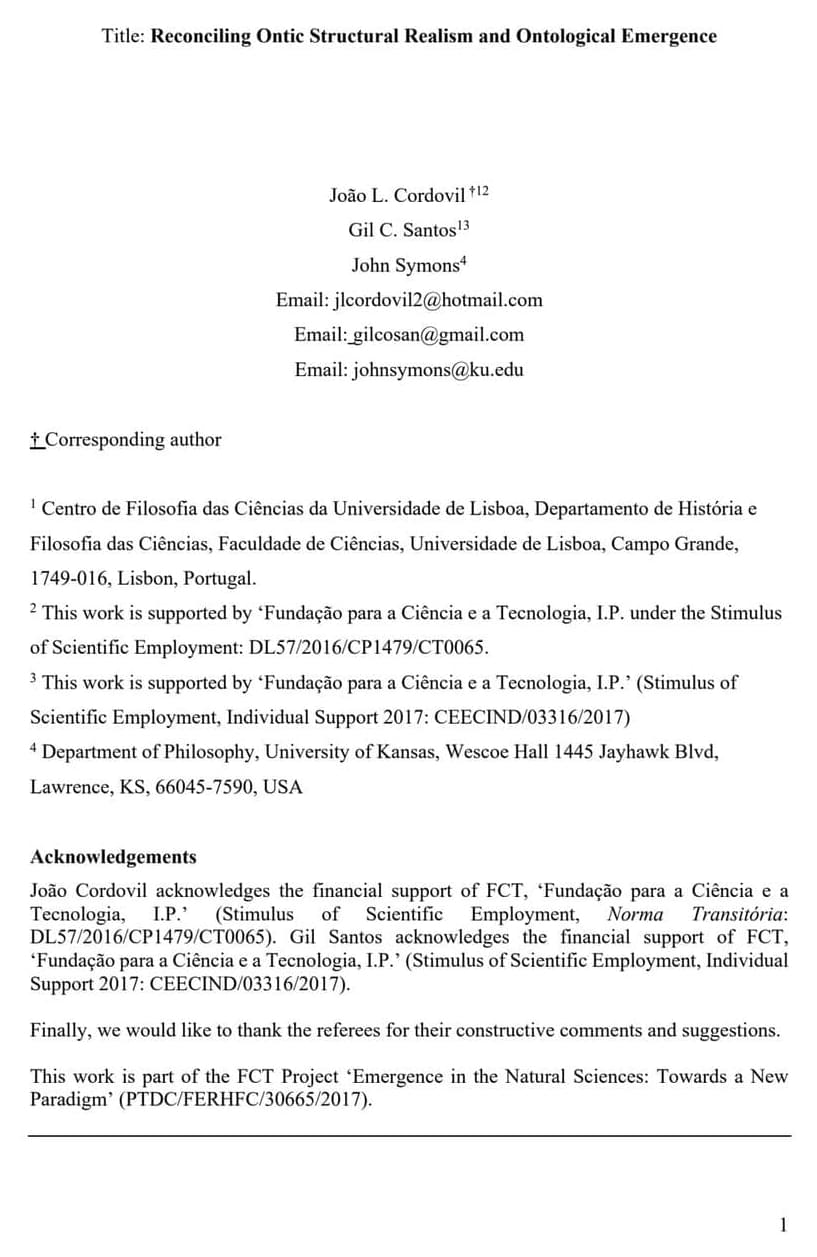
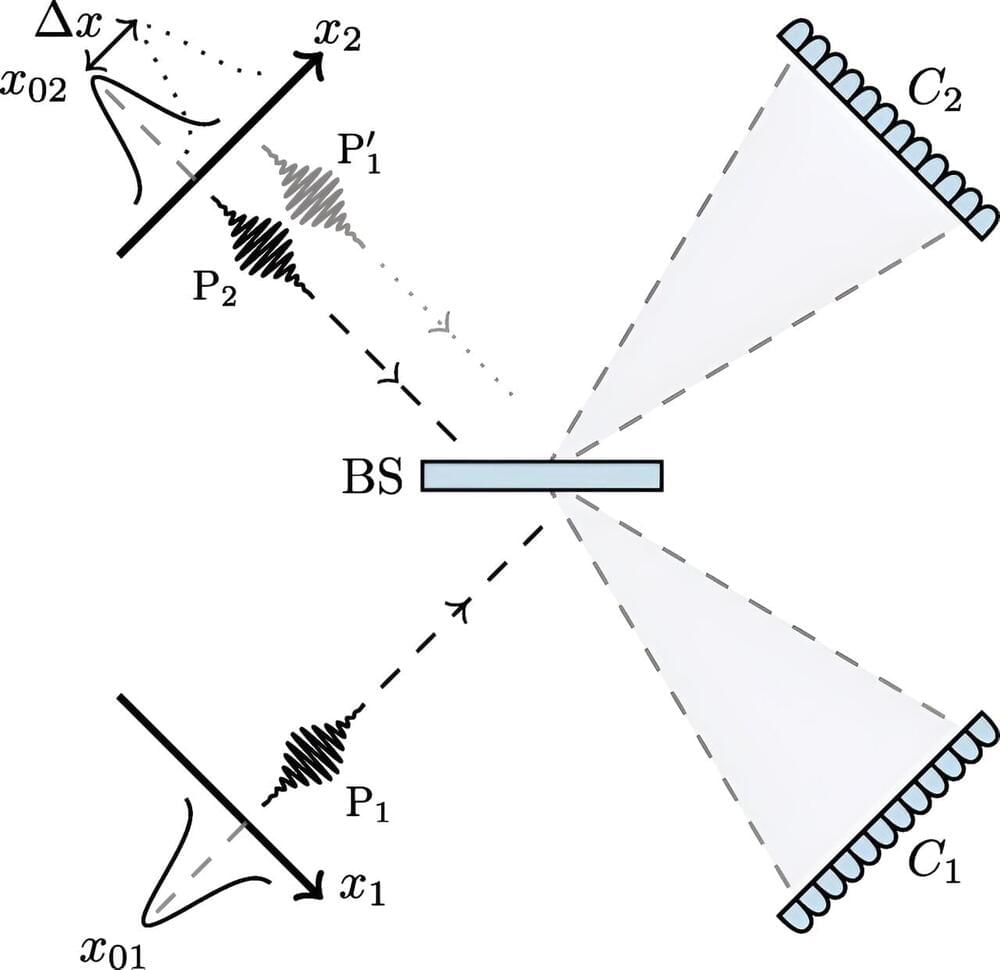

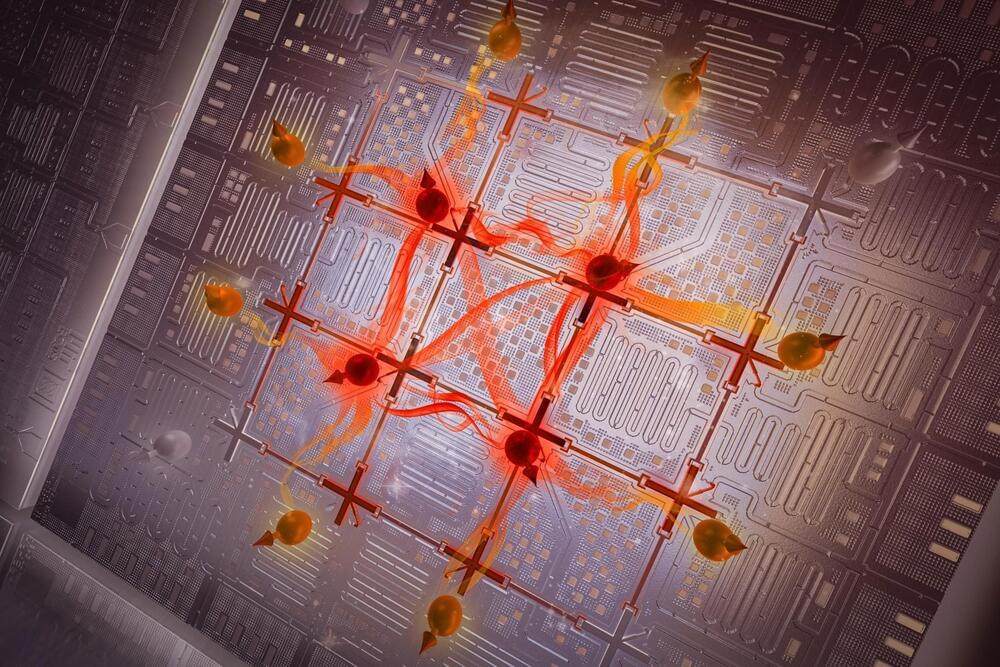
The advance offers a way to characterize a fundamental resource needed for quantum computing.
Entanglement is a form of correlation between quantum objects, such as particles at the atomic scale. This uniquely quantum phenomenon cannot be explained by the laws of classical physics, yet it is one of the properties that explains the macroscopic behavior of quantum systems.
Because entanglement is central to the way quantum systems work, understanding it better could give scientists a deeper sense of how information is stored and processed efficiently in such systems.